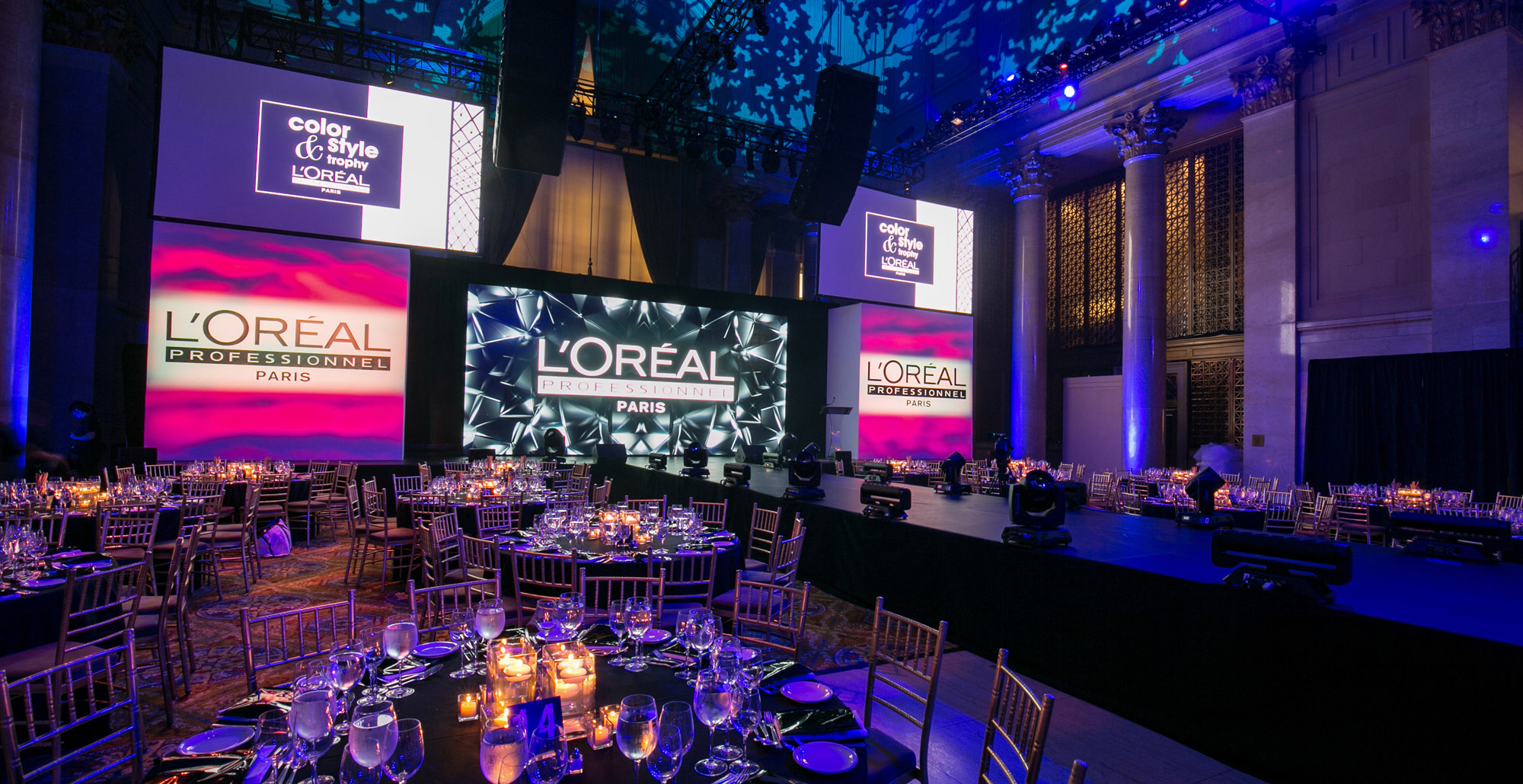Revolutionizing Audience Interaction Via Immersive Virtual Reality Experiences within Live Performances
Revolutionizing Audience Interaction Via Immersive Virtual Reality Experiences within Live Performances
Blog Article
In the past times, virtual VR has emerged as potent tool for boosting viewer engagement in live performances. Such innovation allows viewers to immerse oneself in a three-dimensional setting, crafting a distinct experience that traditional formats cannot easily duplicate. By using VR, producers can transport audiences into the core of the performance, causing them sense as if they are integral of the show. This groundbreaking approach not only captivates viewers but also opens up new possibilities for narrative and engagement.
A of the primary advantages of employing VR in real-time performances is the capability to forge a more interactive experience. Audiences can engage with the performance in real-time, shaping the result or discovering different viewpoints. For instance, in a stage show, audiences using VR goggles can select to pursue particular roles or segments, enabling them to customize their encounter. This degree of engagement cultivates a more profound connection between the audience and the show, rendering it even unforgettable and significant.
Additionally, VR tools can enhance the visual and auditory elements of a live production. With high-quality graphics and sound design, producers can create stunning settings that attract viewers in. This immersive quality can elevate the overall experience, making it more engaging and enjoyable. For instance, a musical performance can be converted into a rich encounter, where audience members experience as if they are standing in front with the artists. Such enhancements not only attract larger audiences but also encourage repeat viewing, as audiences look to relive the thrill.
In addition improving audience involvement, VR can also provide valuable insights for producers. By analyzing how viewers interact with the virtual environment, creators can gather data on audience preferences and actions. This data can inform future productions, helping to tailor material to more effectively satisfy the demands and wants of the viewers. As a consequence, VR not just enriches the current experience but also adds to the evolution of live productions as a complete entity.
With the advancements progressing to evolve, the possibilities for VR in real-time performances is vast. From theater and concerts to sports events and festivals, the opportunities are endless. By embracing this innovative approach, creators can transform the way viewers engage with live entertainment. As more producers investigate the incorporation of VR, it is probable that we will see a change in webpage how shows are crafted and delivered, ultimately leading to a more immersive and participatory prospect for live productions.